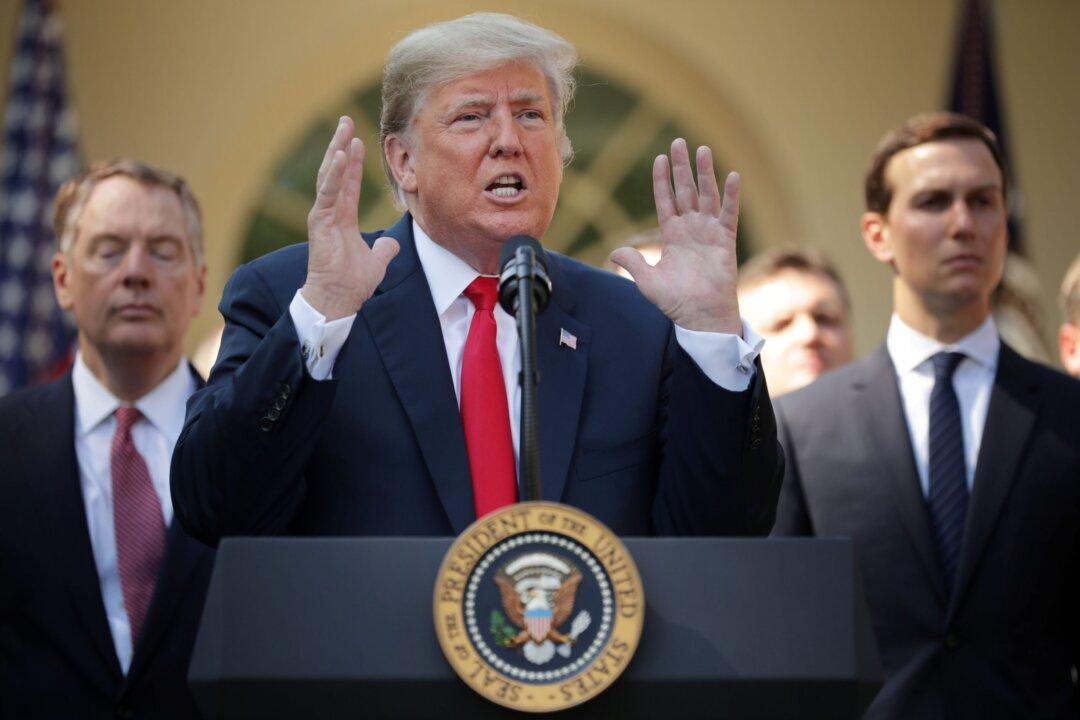There is a French phrase, “sauve les meubles” (save the furniture), that implies there has been a disaster (house fire) but still enough time to protect some of the family valuables. It describes a lower-level crisis than one prompting “sauve qui peut” (every man for himself; save yourself, if you can).
One gets the impression from Canadian media analysis that Ottawa is just grateful it saved the “furniture.” But to have gotten to this parlous circumstance required a number of unforced Canadian errors, combined with a blithe misunderstanding of U.S. negotiating imperatives.





